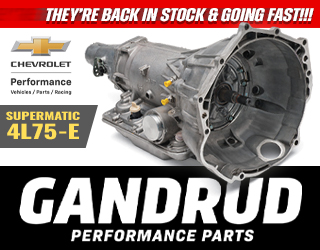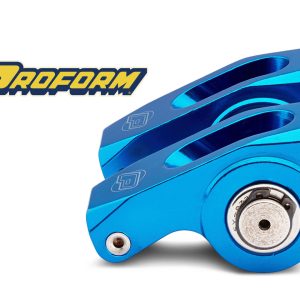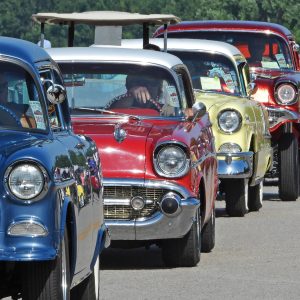Engine
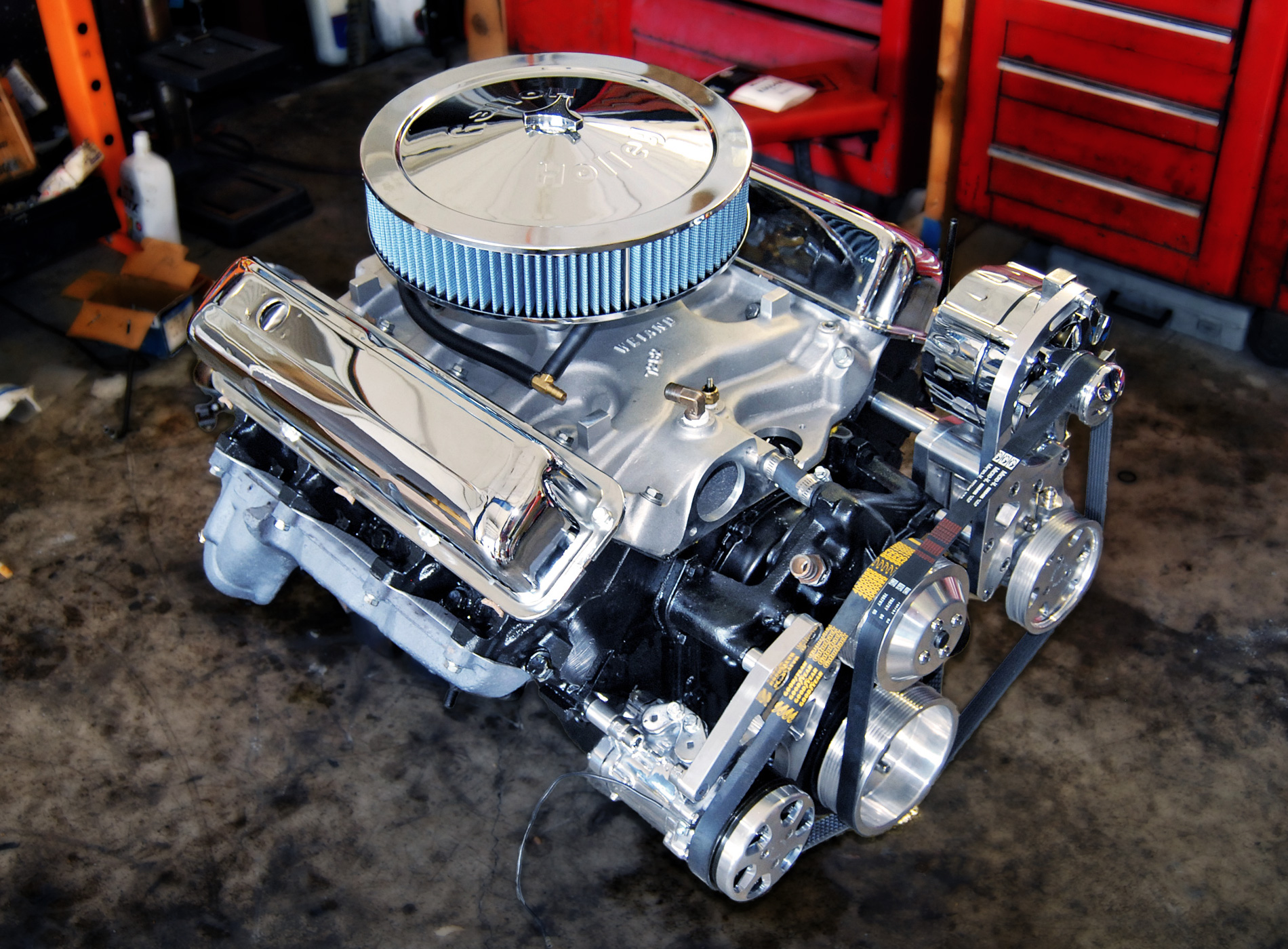
After recently purchasing a ’62 Thunderbird, it became obvious very quickly that the car needed a new engine. Our plan was to turn the car into a daily driver, and so, as long as we needed a new engine, we figured we’d add air conditioning to the car while we were at it. And if you really know your Ford history, you also know that the ’62 was the last model T-bird to come with a generator rather than an alternator—one more reason to consider an upgrade.
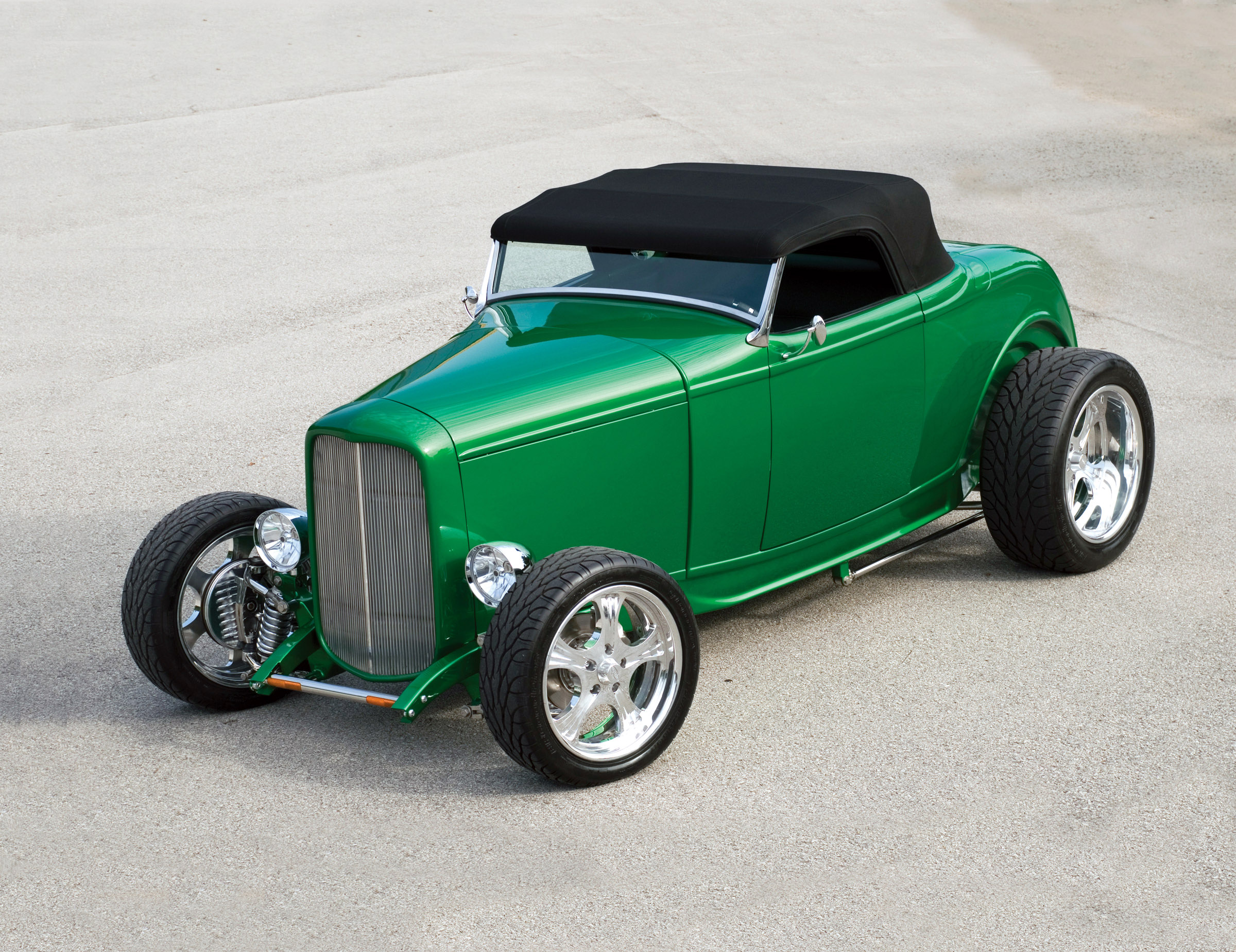
Enter Carl Casper, a man best known for building custom cars and promoting his huge custom car show every year in Louisville, Kentucky. Casper has long been a self-thinker and innovator with plenty of experience under his belt, and he was intrigued with the concept of alternative fuels, hydrogen in particular. During our conversation with Casper, he summed it when he said, “I feel many of the solutions will come out of the car guys. I want the mechanical wizards who have taken street rodding and auto racing to the highest levels imaginable to start putting their creativity into alternative-energy systems. I’m putting my money on them. Everyone seems to be waiting for the big corporations to pull us out of this energy crisis, and they tend to forget that from the very beginning of time it’s often the little guy with a shop behind his house who creates the next great idea or invention of our time.”
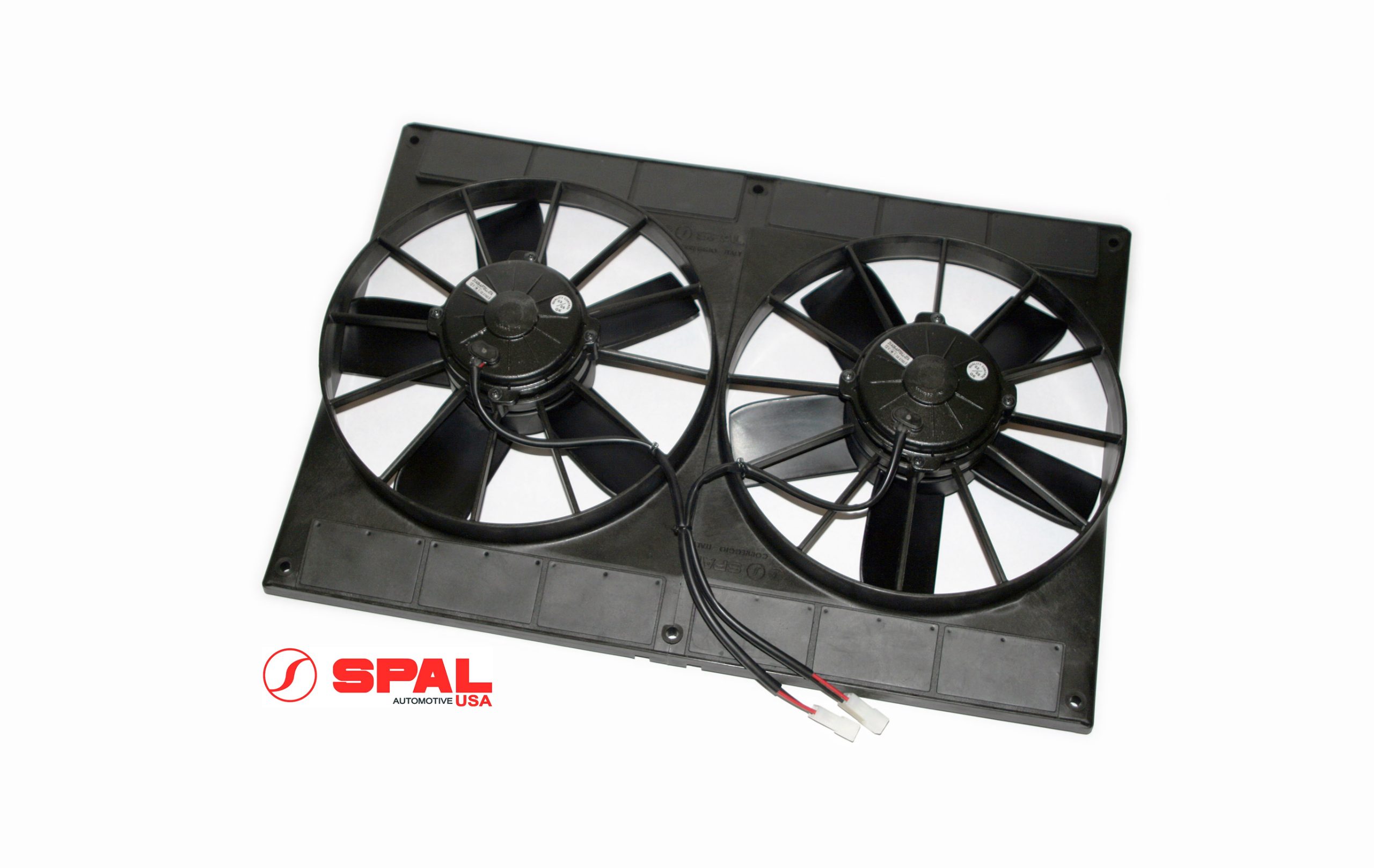
Even though we all dream of blasting through the desert at 130-MPH like Robby Gordon, most of our 4×4 adventures take place at a much more reasonable pace. Unfortunately for our engines crawling along a boulder strewn dry river bed or climbing a goat trail through a mountain pass does not always allow enough airflow to keep our engines cool with a belt driven mechanical fan. Belt driven fans are designed to keep your engine cool when traveling down a street or highway not while crushing boulders at 3-MPH and 1,500-RPM. So what can we do to keep our rigs from boiling over this summer? Follow along with us as we install a pair of 11-inch electronic cooling fans along with a programmable fan controller both from SPAL USA.
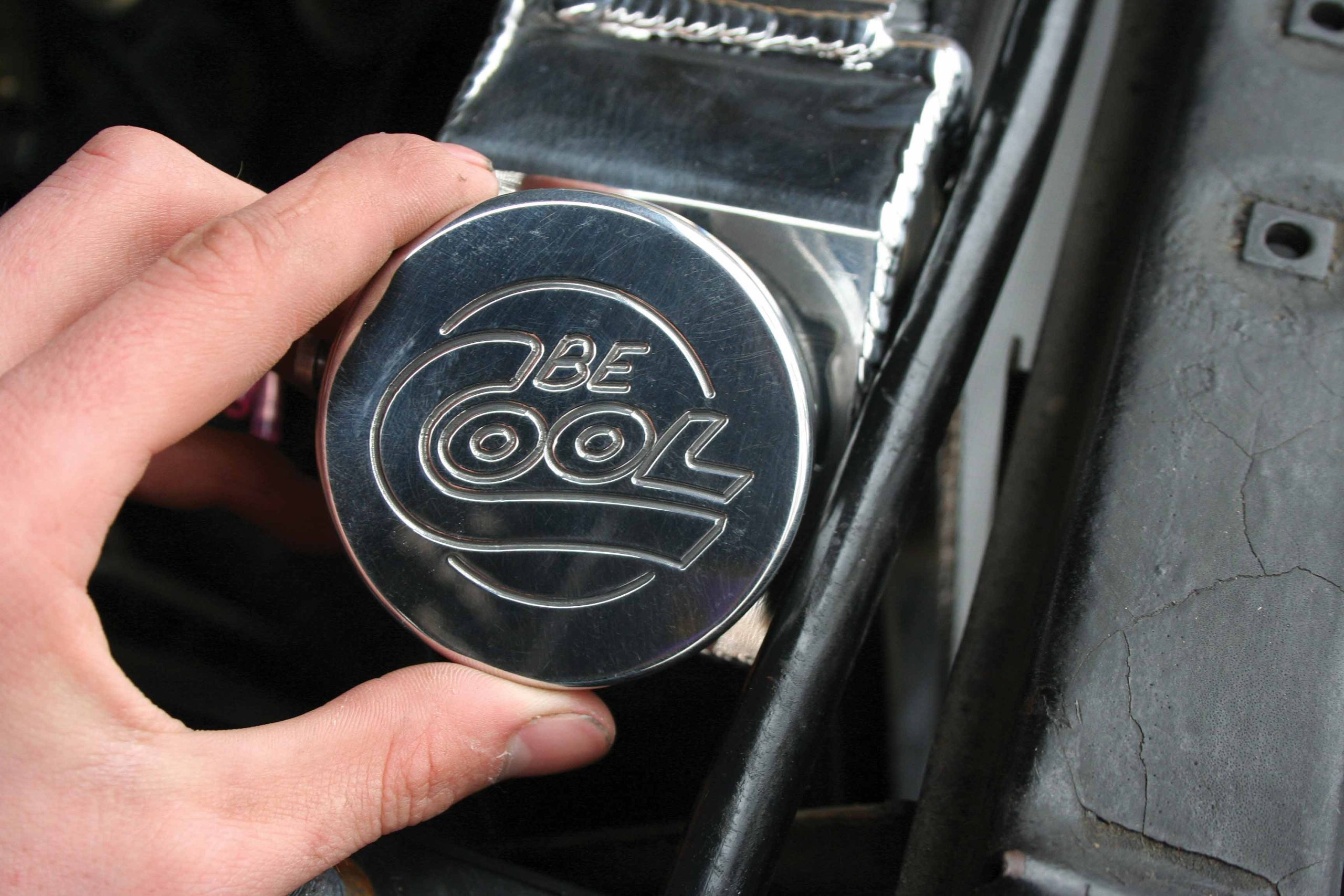
Be Cool is no newcomer to cooling heavy metal. For years it has provided cooling solutions for some of the most impressive high-performance engines to rumble down the streets and dragstrips of America. The folks at Be Cool understand that having the proper cooling components in any car or truck is vital to keep an engine safely within its operating temperature range. They also understand that to make cooling and installation easier, they had to design a full bolt-in system, a system that would fit hundreds of applications for classic cars and trucks, as well as more modern vehicles that also need cooling help.
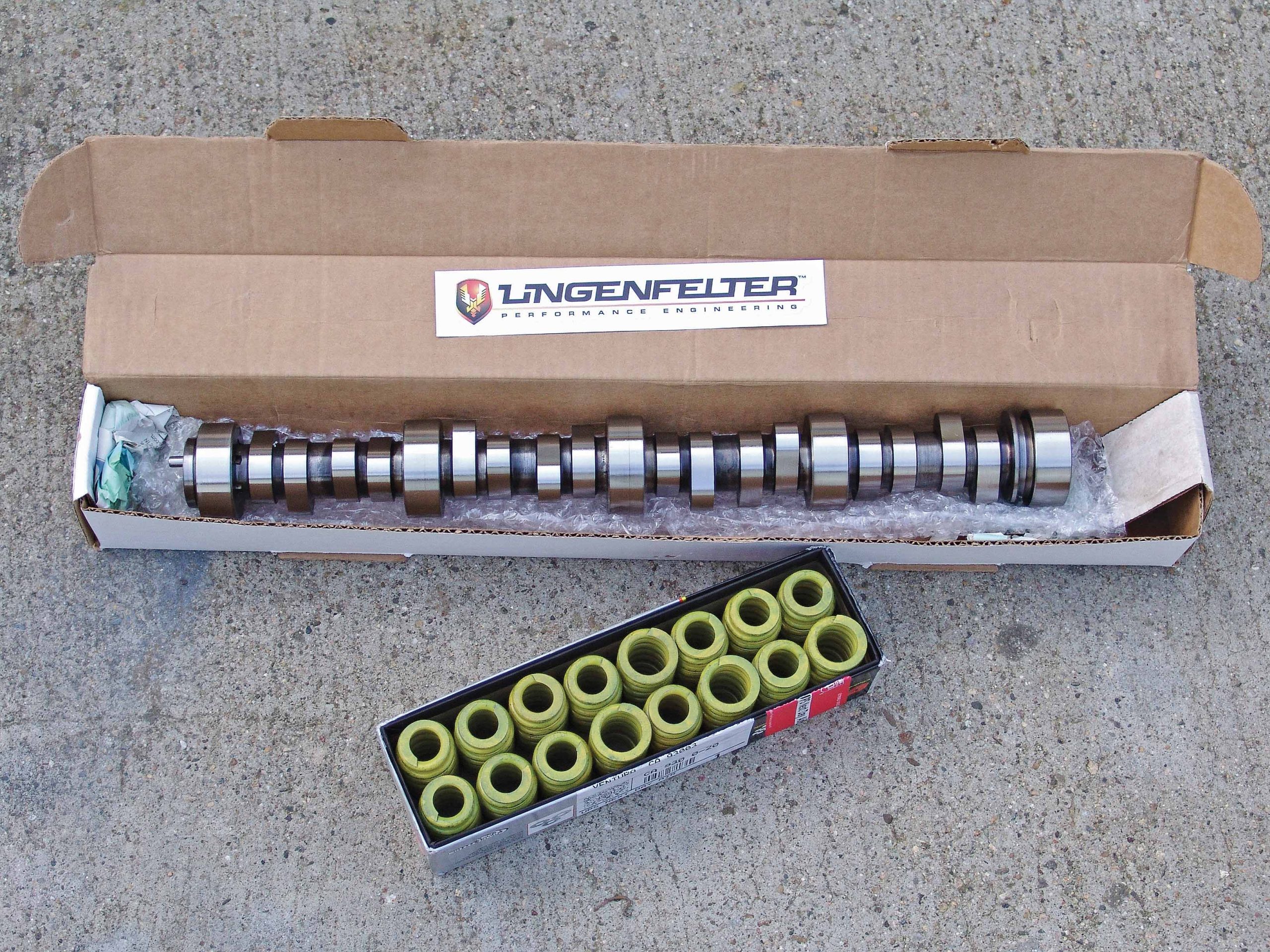
It can be argued that one of the best mods you can make to an LS-based or Gen III motor is a camshaft change. With the number of aftermarket companies making many different types, a good cam can be found for anywhere from $300 to $1,000, depending upon what type of power you want to make and how sophisticated the cam package is. Because 99.99 percent of all vehicles on the road today are computer controlled, most aftermarket companies are able to suggest whether a new tune will be necessary or if the stock one will suffice. But with so many different options out there, it can be quite confusing as to which is the right one for you.
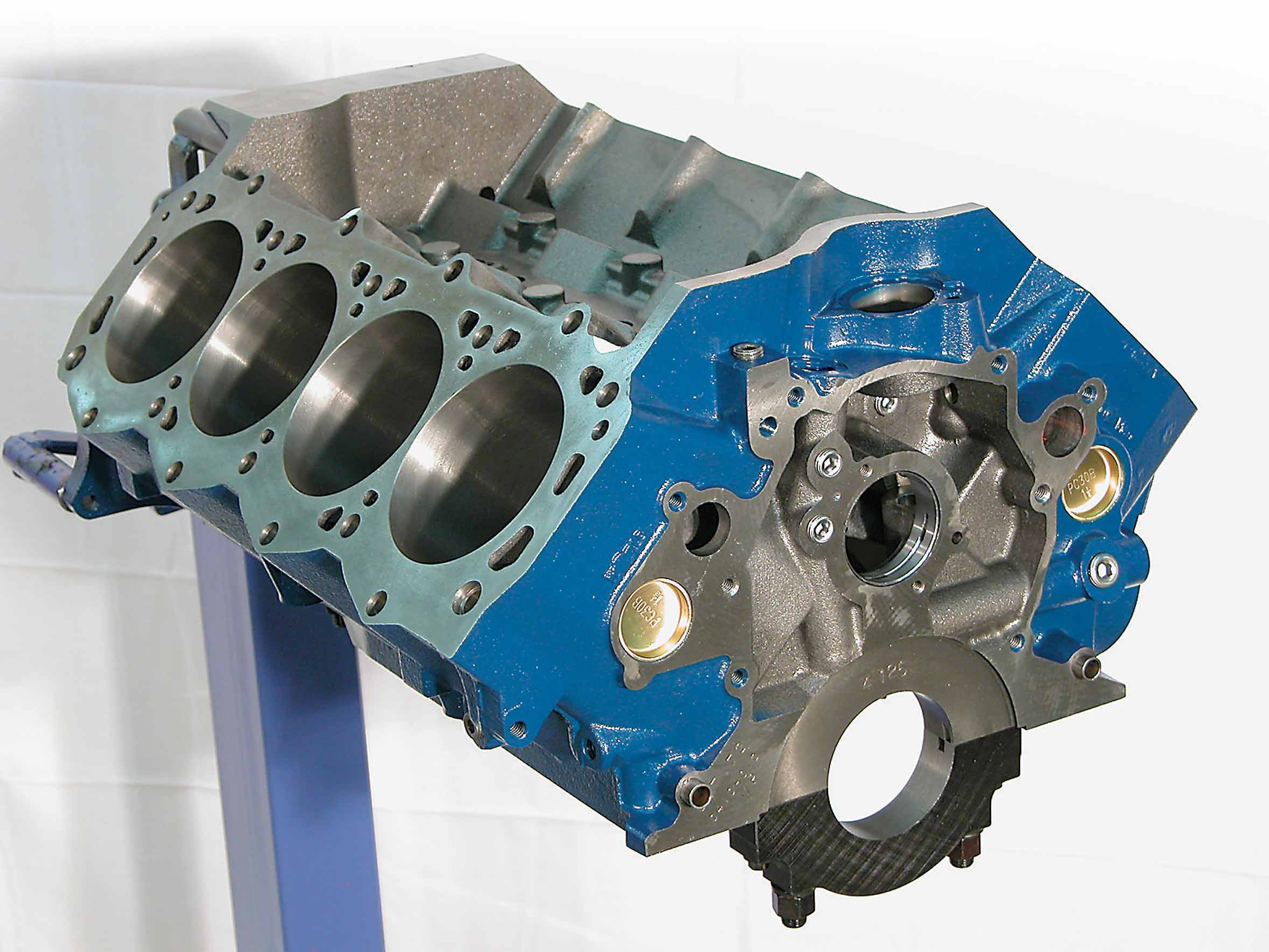
Ford engines are hot, and everyone—even non-Ford guys—are talking about it. The small-block Ford is an awesome package that is made even more awesome by Ford Racing and aftermarket parts. It has continually gained popularity as a high-performance buildup, as a Ford In A Ford engine transplant and as a replacement performance engine for vehicles that were optioned as such but were less equipped when new. With all of this activity surrounding the small-block Ford engine, it is safe to say that it is quickly becoming the small block of choice.
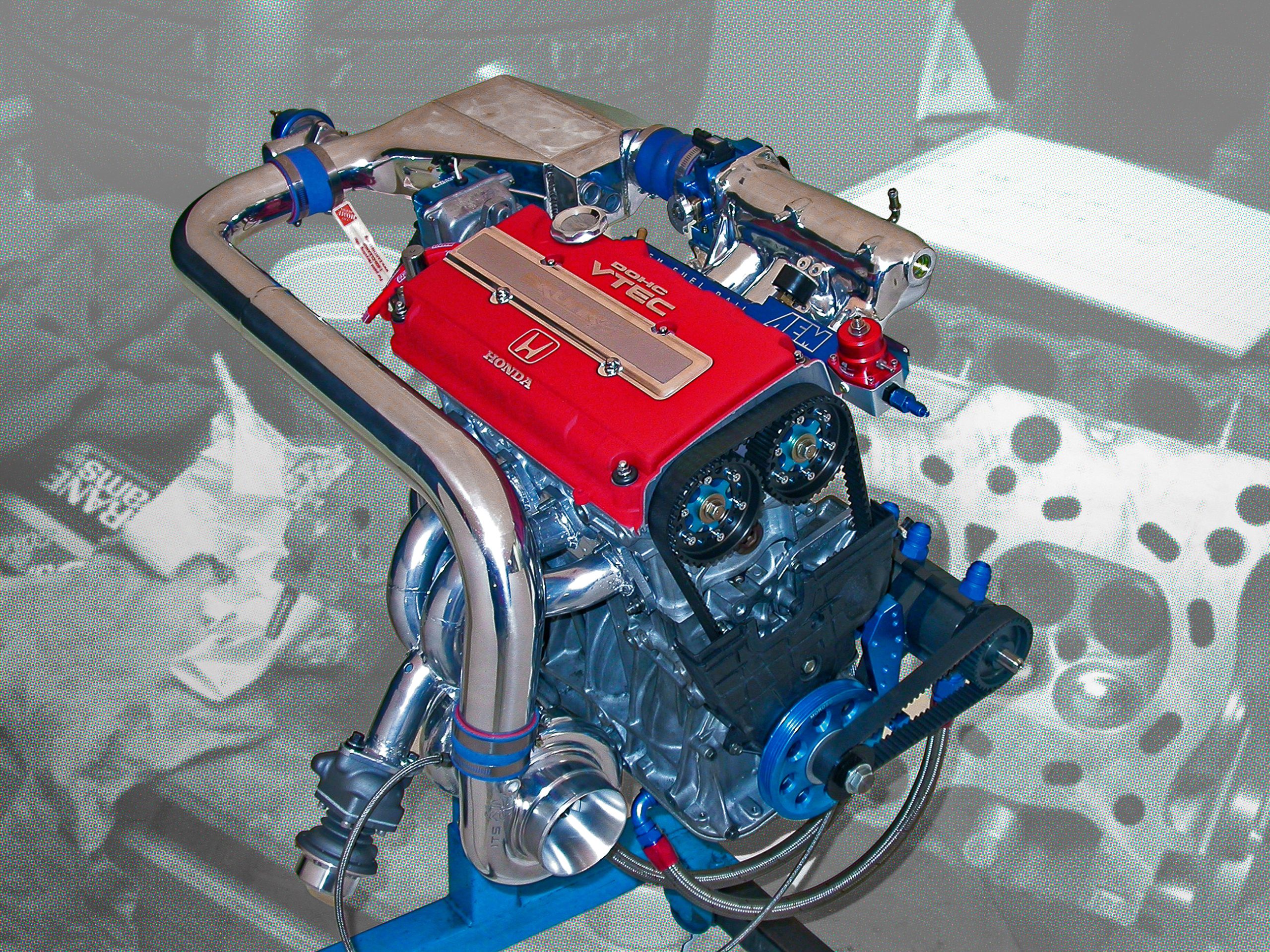
The next level we refer to is the kind of sick power found only on the racetrack. Make no mistake, stuffing a 475hp turbo motor in the engine bay of any Civic will make for one wild ride, but we’re talking about crazy turbo power now. If 475 hp isn’t enough to get the party started, how about 500 hp? Still not enough—what about 550? Now things are starting to get serious, don’t you think? But we think we can do even better than 550 hp. Thinking that 600 hp had a nice ring to it, we decided to see what it took to produce over 600 hp from a turbo B-series.
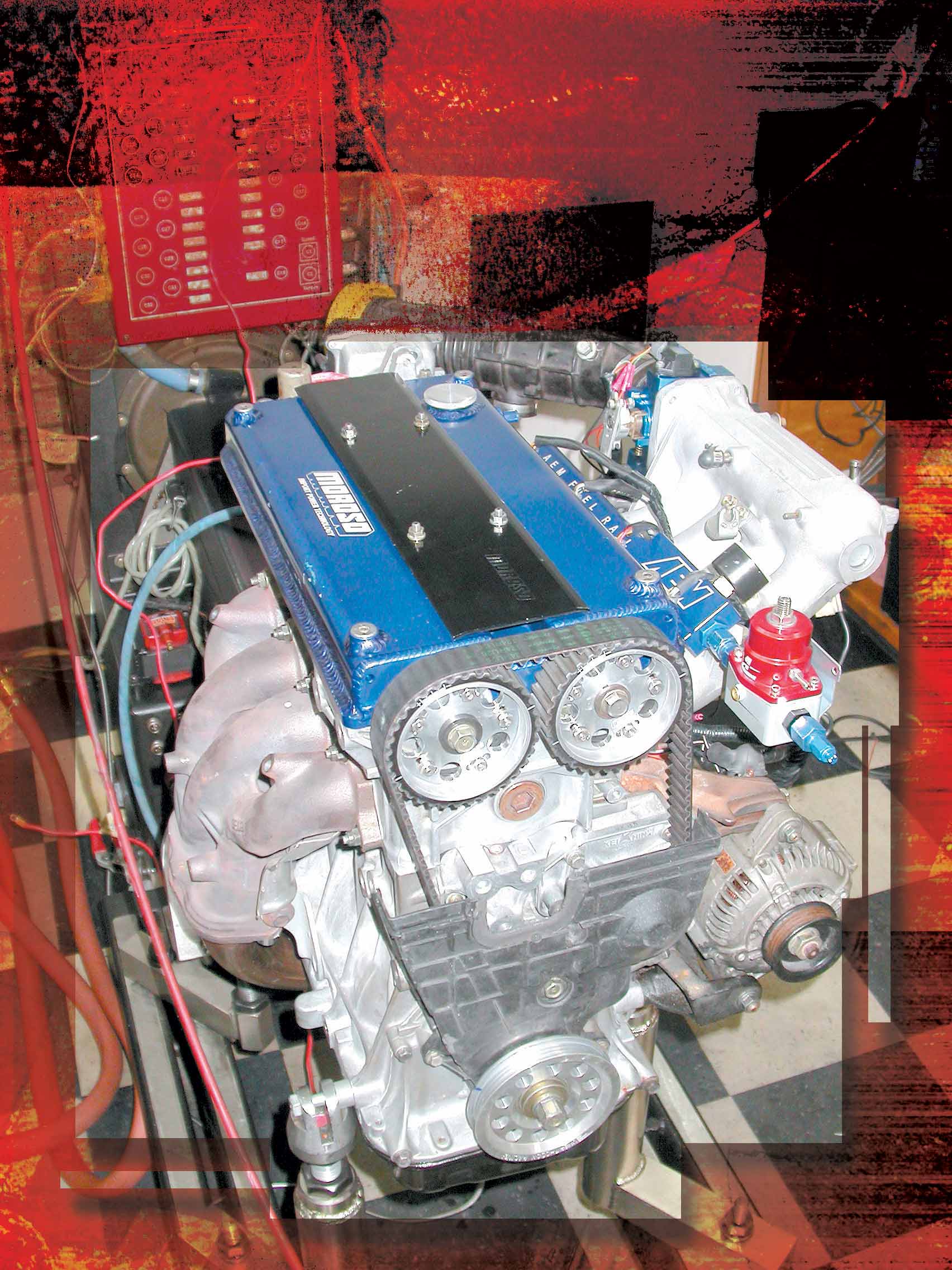
When it comes to performance, there is one steadfast rule: All the good air that goes into making horsepower must eventually find its way out. This means that adding all the cool camshafts, intake manifolds and even superchargers to help improve airflow into the motor will be useless (okay, maybe not useless, but certainly much less effective) if the motor is not able to rid itself of the exhaust. Cork up a serious performance motor and watch it struggle and gag on its own exhaust fumes.
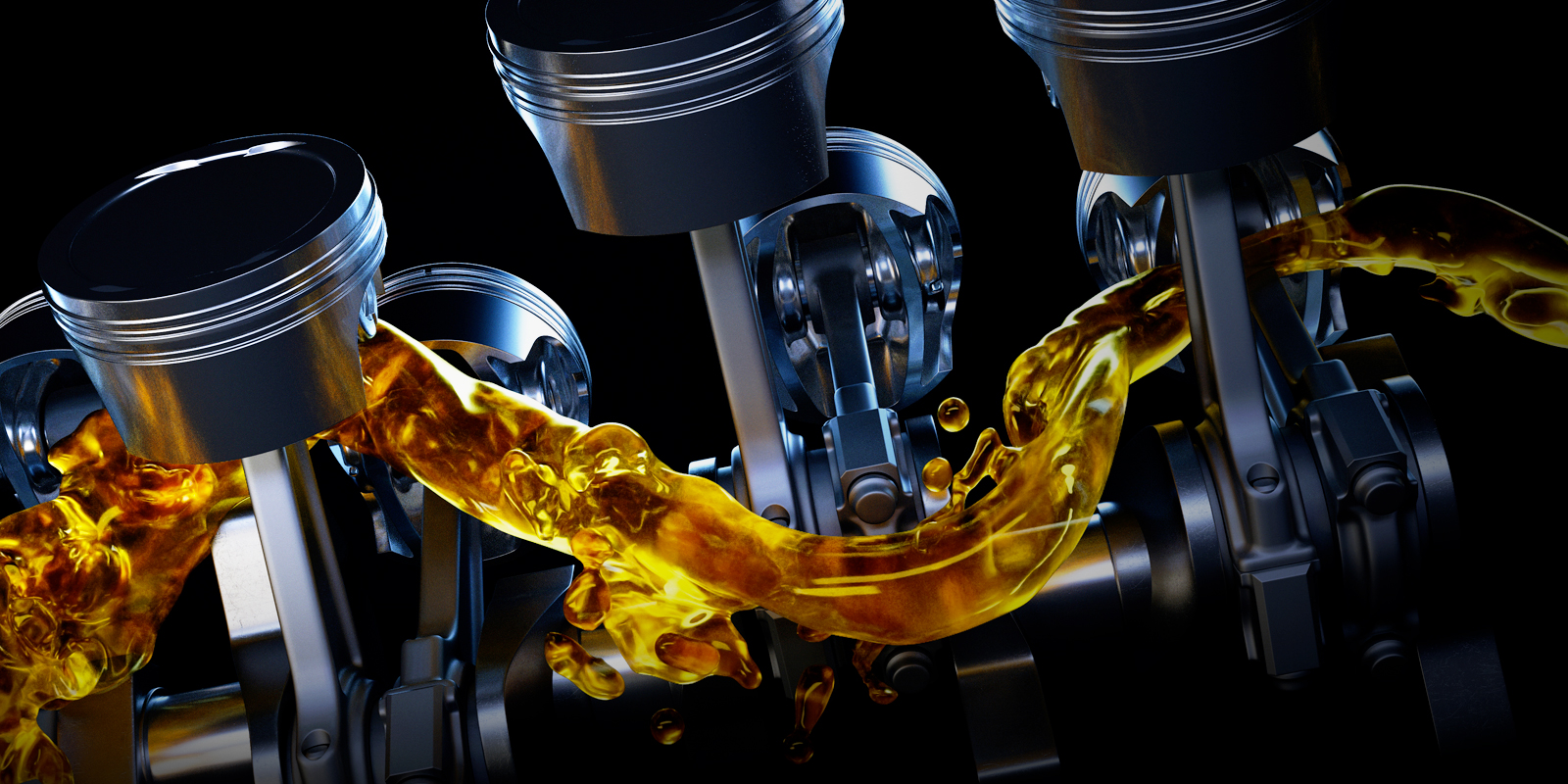
Driven Racing Oil developed the original high zinc, petroleum and low detergent break-in oil over twenty years ago. Break in oil is a specialty oil that reduces wear and contaminates when breaking in a new high-performance engine. It provides controlled friction for your piston rings and incredible protection that helps your camshafts break in properly.

Driven Racing Oil, born from Joe Gibbs Racing, is formulated specifically for all-out race and high performance engines. What makes Driven’s products different? In simple terms, Driven’s products are unique because they always put the “Motor ahead of the Molecule”. While other oil companies are in love with chemistry and have no real world understanding of how the products are actually used, Driven keeps things in the proper order. The oil is for the motor, not the other way around. Driven’s product development team looks at the motor and how it is used; then they design application specific products using a “zero compromise” approach that delivers a measurable performance advantage.




